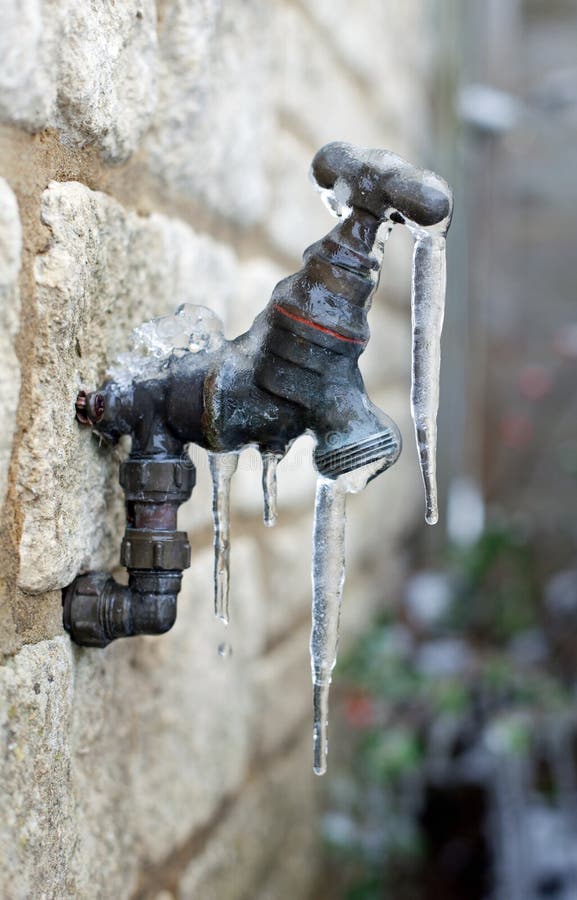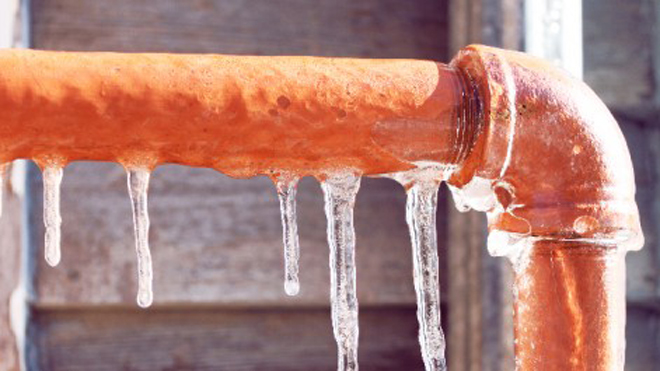Guidance for Avoiding Frozen Pipes in Winter: Specialist Insights
Guidance for Avoiding Frozen Pipes in Winter: Specialist Insights
Blog Article
We've discovered this post about How to Prevent Your Pipes From Freezing below on the net and thought it made good sense to write about it with you over here.

Cold weather can damage your pipes, particularly by freezing pipes. Right here's exactly how to stop it from happening and what to do if it does.
Intro
As temperature levels decline, the risk of frozen pipes boosts, possibly resulting in expensive repair services and water damage. Comprehending exactly how to avoid frozen pipes is vital for home owners in cool climates.
Prevention Tips
Insulating susceptible pipes
Cover pipes in insulation sleeves or use warm tape to protect them from freezing temperatures. Concentrate on pipes in unheated or exterior locations of the home.
Home heating methods
Maintain interior rooms appropriately heated up, specifically areas with pipes. Open cupboard doors to allow cozy air to flow around pipelines under sinks.
Just how to determine icy pipes
Try to find reduced water flow from faucets, uncommon smells or sounds from pipelines, and noticeable frost on exposed pipes.
Long-Term Solutions
Architectural modifications
Take into consideration rerouting pipelines far from exterior walls or unheated areas. Add extra insulation to attics, basements, and crawl spaces.
Upgrading insulation
Invest in premium insulation for pipelines, attics, and walls. Proper insulation helps keep regular temperature levels and lowers the danger of frozen pipes.
Shielding Exterior Pipes
Garden hoses and exterior faucets
Disconnect and drain pipes garden hoses before winter season. Install frost-proof faucets or cover outdoor taps with protected caps.
Recognizing Frozen Pipes
What creates pipes to ice up?
Pipes ice up when exposed to temperature levels below 32 ° F (0 ° C) for prolonged durations. As water inside the pipes freezes, it increases, putting pressure on the pipe wall surfaces and potentially triggering them to rupture.
Threats and damages
Frozen pipelines can bring about supply of water interruptions, home damage, and costly fixings. Burst pipelines can flood homes and cause considerable structural damages.
Indications of Frozen Piping
Identifying icy pipes early can avoid them from breaking.
What to Do If Your Pipelines Freeze
Immediate activities to take
If you presume frozen pipes, maintain taps available to eliminate pressure as the ice melts. Make use of a hairdryer or towels taken in hot water to thaw pipelines gradually.
Final thought
Preventing icy pipes calls for positive steps and fast reactions. By understanding the reasons, signs, and safety nets, homeowners can secure their plumbing throughout winter.
5 Ways to Prevent Frozen Pipes
Drain Outdoor Faucets and Disconnect Hoses
First, close the shut-off valve that controls the flow of water in the pipe to your outdoor faucet. Then, head outside to disconnect and drain your hose and open the outdoor faucet to allow the water to completely drain out of the line. Turn off the faucet when done. Finally, head back to the shut-off valve and drain the remaining water inside the pipe into a bucket or container. Additionally, if you have a home irrigation system, you should consider hiring an expert to clear the system of water each year.
Insulate Pipes
One of the best and most cost-effective methods for preventing frozen water pipes is to wrap your pipes with insulation. This is especially important for areas in your home that aren’t exposed to heat, such as an attic. We suggest using foam sleeves, which can typically be found at your local hardware store.
Keep Heat Running at 65
Your pipes are located inside your walls, and the temperature there is much colder than the rest of the house. To prevent your pipes from freezing, The Insurance Information Institute suggests that you keep your home heated to at least 65 degrees, even when traveling. You may want to invest in smart devices that can keep an eye on the temperature in your home while you’re away.
Leave Water Dripping
Moving water — even a small trickle — can prevent ice from forming inside your pipes. When freezing temps are imminent, start a drip of water from all faucets that serve exposed pipes. Leaving a few faucets running will also help relieve pressure inside the pipes and help prevent a rupture if the water inside freezes.
Open Cupboard Doors
Warm your kitchen and bathroom pipes by opening cupboards and vanities. You should also leave your interior doors ajar to help warm air circulate evenly throughout your home.

We are very focused on How to prepare your home plumbing for winter weather and I am praying you appreciated the entire blog post. Sharing is nice. You won't know, you might be helping someone out. I praise you for being here. Come back soon.
Call Today Report this page